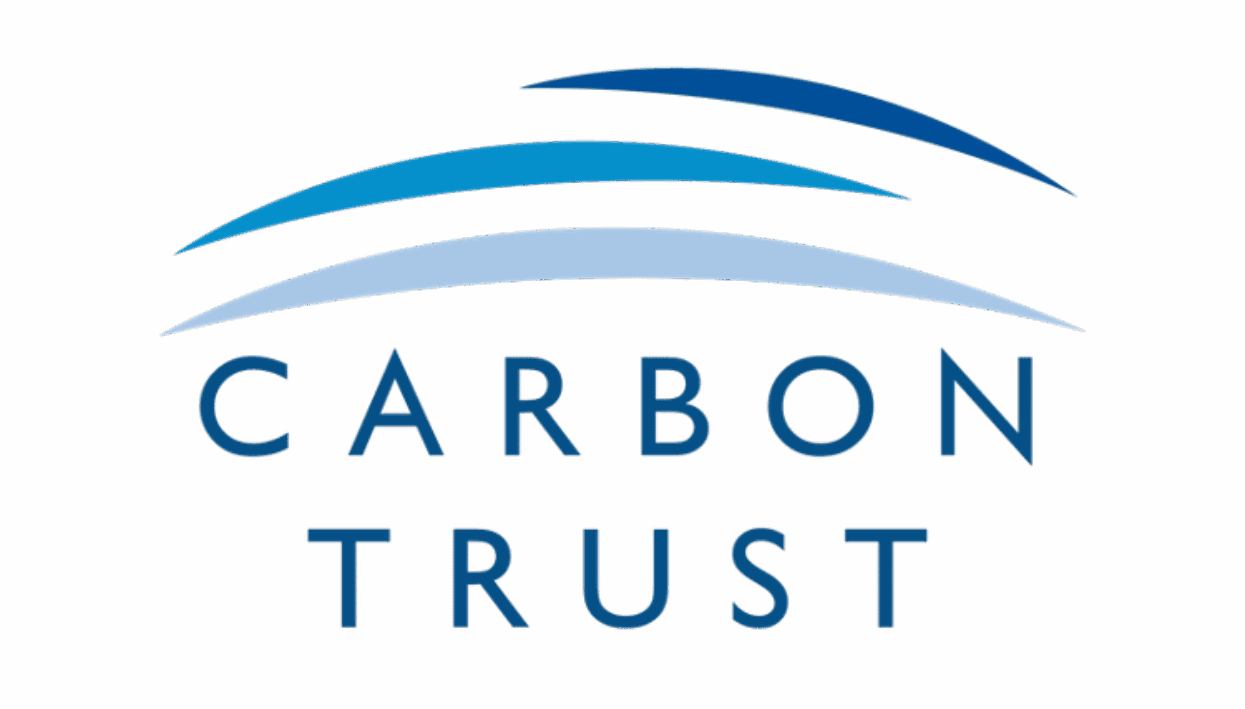Screen Printing
Sustainability
A printer’s guide to cutting energy bills
Author
FESPA Staff
Published Date
25/07/2022
Become a FESPA Member
to Continue Reading
